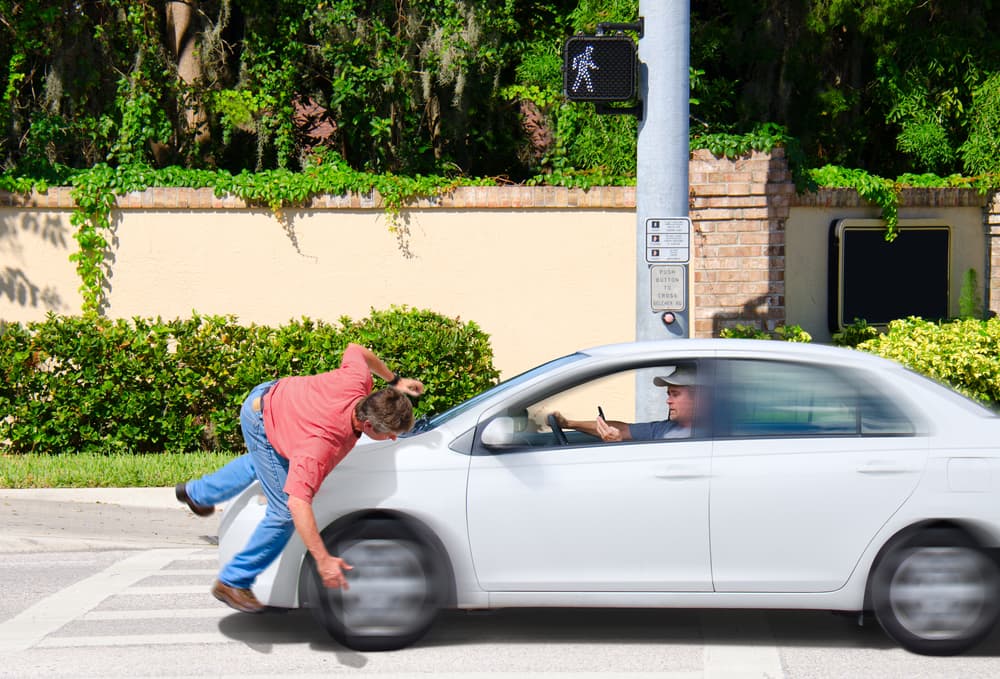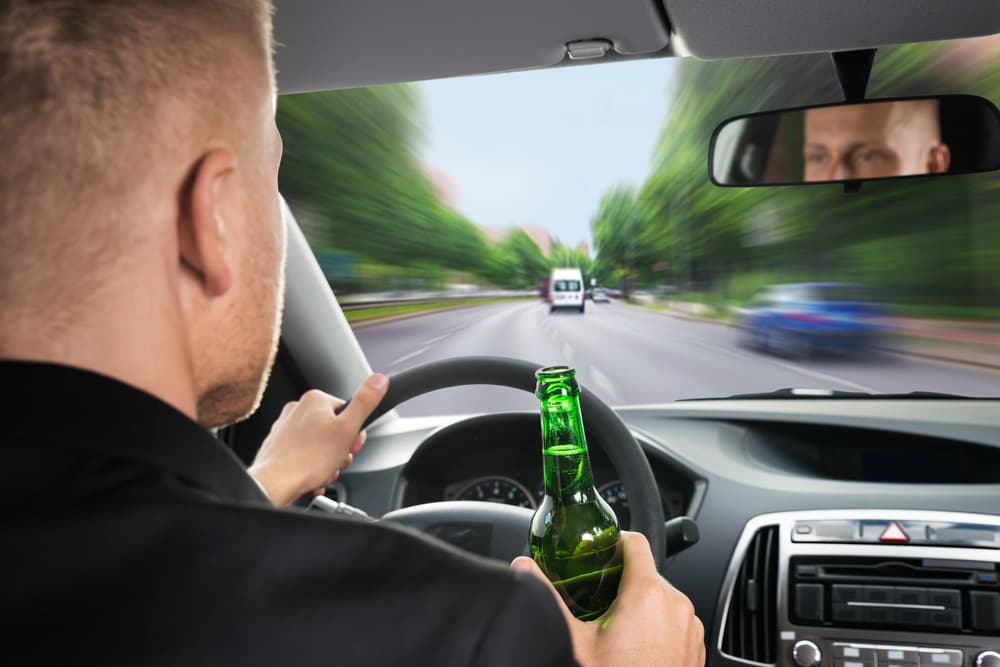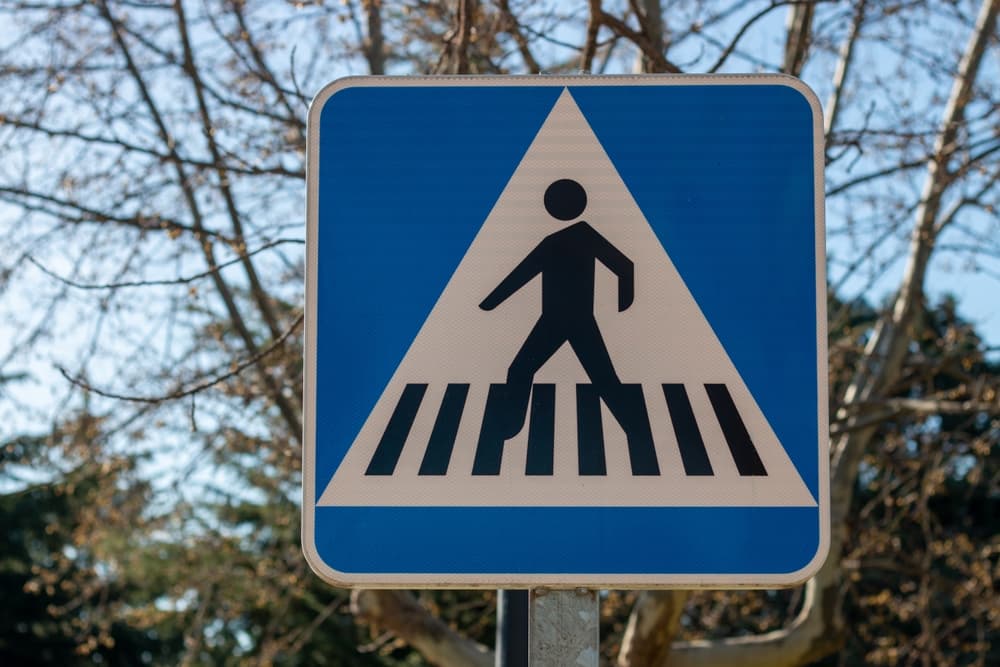Pedestrian accidents are a serious concern and remain one of the most common causes of death and injury among vulnerable road users. In most cases, the driver is at fault in these collisions, usually because they were driving distracted, ignoring traffic signals, or failing to yield to pedestrians.
Few car accidents are as traumatic as those involving a vehicle colliding with a pedestrian. If you've suffered an injury in a pedestrian accident, you may have the right to seek compensation for your injuries and damages.
Pedestrian accident lawyers are here to hold those responsible for your injuries and other losses accountable. These professionals are prepared to guide you through every step of the legal process, advocating for your best interests and pursuing the financial recovery you need to rebuild your life.
Common Causes of Pedestrian Accidents

Pedestrian accidents are not only common, but they can also have life-altering consequences for those involved. According to The Centers for Disease Control and Prevention (CDC), a pedestrian is involved in a fatal car accident in the United States every 64 minutes.
Many of the reported pedestrian accidents that occur are often linked to driver negligence. Gaining insight into the most common causes of these accidents is essential to preventing and minimizing the number of pedestrians injured or killed each year.
Some of the most common causes of accidents involving pedestrians include:
Distracted Driving
Distracted driving is one of the leading causes of pedestrian accidents. When drivers take their focus off the road or fail to properly check their surroundings before turning or backing up, they risk putting pedestrians in harm's way. Even before the advent of smartphones, drivers frequently took their attention off the road to engage in activities like:
Eating and Drinking: Even seemingly minor distractions, such as eating or drinking while driving, can slow a driver's reaction time and reduce their awareness of the road. Drivers who eat or take a drink while driving may fail to notice pedestrians, especially in busy areas like crosswalks or parking lots.
Multitasking: Activities such as adjusting the radio or air conditioner/heater, tending to children sitting in the backseat, or using a GPS device can pull a driver's focus from the road. Such distractions may cause a driver to miss important cues, like pedestrians stepping into a crosswalk or an unexpected stop sign.
Texting and Mobile Device Use: Texting and using mobile devices while driving are among the most common distractions on the road. When drivers text or use their phones, it drastically hinders their capacity to identify pedestrians and react to sudden changes in the road. In response to this increasing problem, lawmakers have enacted laws that ban the use of mobile devices while driving.
Driving Under the Influence of Drugs or Alcohol

Drivers operating under the influence of drugs, alcohol, or even certain prescription medications are dangerous to everyone on the road, especially pedestrians. As reported by the IIHS-Highway Loss Data Institute, 13 percent of all pedestrian accidents are attributed to drunk or impaired drivers.
Even one alcoholic drink can begin to impair a driver's ability to perceive and respond to road hazards in time to prevent a crash. For an average-weight man, four drinks are enough to push his BAC to 0.08, the legal limit. An average-weight woman reaches that limit after only three drinks.
When a person is intoxicated, it affects their ability to:
- Make rational decisions
- Control their vehicle properly
- Respond to hazards on the road
- Follow traffic laws and signals
- React quickly to sudden changes in traffic
- Engage in risk-taking behavior, such as speeding or running red lights
If a pedestrian is involved in a DUI accident, the victim may be eligible for punitive damages in addition to standard compensatory damages. Punitive damages are intended to punish the at-fault driver for their reckless and negligent actions and deter others from participating in similar behavior in the future.
Speeding
The faster a vehicle travels, the less time a driver has to react to a pedestrian suddenly appearing on the road. In fact, research found that every one percent increase in a vehicle's speed increases the likelihood of a crash by two percent.
This increased risk of accidents due to speeding can be attributed to several key factors, including:
Diminished Reaction Time: As a vehicle's speed increases, the driver has less time to recognize a pedestrian and take action to avoid hitting them. With less time to respond, it becomes increasingly difficult to either brake or swerve quickly enough to avert a crash.
Expanded Braking Distance: Braking distance refers to the time it takes for a driver to recognize a hazard and take the necessary actions to bring the vehicle to a complete stop. At higher speeds, the braking distance increases, and even if a driver reacts instantly upon noticing a pedestrian, it may not be enough to stop the car in time.
Reduced Control: Driving at excessive speeds often diminishes a driver's ability to control the vehicle. Specifically, speeding makes it difficult to maintain stable steering and properly maneuver through turns.
If an accident does occur, speeding also increases the intensity of an impact. In such situations, pedestrians are particularly vulnerable as they do not have the protection of the car and its equipment.
Failure to Yield

Drivers must yield to pedestrians when turning left or right at intersections or other areas where pedestrians have the right-of-way. The term "right of way" refers to the legal right granted to either a pedestrian or motorist to proceed ahead of others in a given situation or location.
For example, if a traffic light signals a pedestrian to enter the crosswalk, motorists are required to wait for the pedestrian to cross before proceeding through the intersection or crosswalk. Crosswalks are specifically designated to provide pedestrians with safe passage across the road. Neglecting to stop or yield for a pedestrian in a crosswalk, whether marked or unmarked, increases the risk of a potentially devastating accident.
Failure to respect the right of way is one of the most overlooked causes of pedestrian accidents, with nearly all such incidents being attributed to the driver's negligence. A pedestrian accident attorney can prove negligence to seek compensation from liability parties.
Speak With a Pedestrian Accident Lawyer to Get the Compensation You Deserve
Pedestrian accidents can cause significant harm, leaving victims with debilitating injuries and mounting medical bills. If you were hit by a negligent driver while walking, you shouldn't have to bear the burden of holding those responsible accountable.
Fortunately, with the right legal support, you can get the assistance you need to recover the compensation necessary for both your immediate and long-term needs. To get started with your case, schedule a complimentary case review with a Huntsville personal injury attorney today.